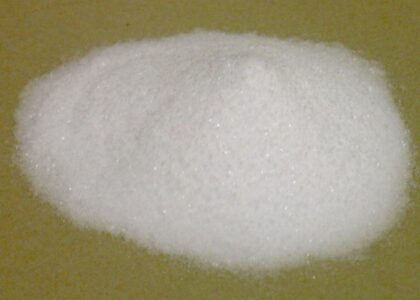The desiccant wheel market is experiencing steady growth, driven by its ability to efficiently remove moisture from air. These rotating wheels, coated with a desiccant material, play a vital role in various industries by maintaining optimal humidity levels for processes, product quality, and environmental control. Let’s delve into the current market landscape, explore the exciting opportunities, and unveil the promising future scope of desiccant wheel technology.
Current Scenario: A Market in Steady Rotation
The desiccant wheel market is currently characterized by:
- Growth Across Industries: Desiccant wheels are finding application in various sectors, including pharmaceuticals, food & beverage, electronics manufacturing, and chemical processing. Each industry utilizes them to control humidity for specific needs, such as preventing product spoilage, ensuring consistent product quality, or protecting sensitive equipment from moisture damage.
- Silica Gel vs. Molecular Sieve: The market offers desiccant wheels coated with two main materials: silica gel and molecular sieve. Silica gel is a popular choice for its affordability, while molecular sieve offers superior moisture removal capabilities and is often preferred for critical applications.
- Focus on Energy Efficiency: As energy costs rise, manufacturers are developing desiccant wheels with improved regeneration processes that minimize energy consumption. This caters to the growing demand for sustainable solutions.
- Rise of Regeneration Blowers with Variable Speed Drives: Variable speed drives on regeneration blowers allow for precise control of airflow, optimizing energy use and desiccant wheel performance.
- Growing Demand in Developing Economies: As developing economies experience industrial growth, the demand for desiccant wheels is expected to rise significantly, particularly in sectors like pharmaceuticals and food processing.
Get Exclusive Sample Copy of the Report: https://www.futuremarketinsights.com/reports/sample/rep-gb-14514
Opportunities Abound: A Market Ripe for Innovation
The desiccant wheel market presents a wealth of opportunities for various stakeholders:
- Manufacturers: Develop next-generation desiccant wheels with improved moisture removal capacity, higher energy efficiency, and features like self-cleaning mechanisms for reduced maintenance. Exploring alternative, potentially eco-friendly desiccant materials could be advantageous.
- System Integrators: Offer expertise in selecting, designing, and installing desiccant wheel systems tailored to specific client needs and ensuring compatibility with existing air handling units.
- End Users: Invest in high-quality desiccant wheels from reputable manufacturers that meet their specific application requirements. Prioritize proper maintenance practices to ensure optimal performance and lifespan.
- Service Providers: Offer efficient maintenance and repair services for desiccant wheels, including desiccant material replacement and ensuring the availability of spare parts.
- Research Institutions: Drive research into novel desiccant materials with higher moisture adsorption capacity, potentially focusing on sustainable and environmentally friendly options.
Future Scope: A Sustainable Vision in Rotation
The desiccant wheel market is poised for an exciting future driven by several key trends:
- Focus on Smart Desiccant Wheels: Integration with sensors and internet-of-things (IoT) technology could pave the way for “smart” desiccant wheels. These wheels could provide real-time performance data, predict maintenance needs, and optimize regeneration cycles for enhanced efficiency.
- Emphasis on Desiccant Wheel Reactivation Technologies: Advancements in desiccant wheel reactivation technologies, potentially utilizing renewable energy sources like waste heat, could significantly improve the sustainability profile of these systems.
- Demand for Compact and Modular Designs: The growing demand for space optimization, particularly in retrofitting existing facilities, might drive the development of more compact and modular desiccant wheel designs.
- Focus on Regulatory Compliance: As environmental regulations regarding air emissions and energy consumption continue to evolve, desiccant wheel manufacturers will need to ensure their products comply with these regulations.
- Growing After-Sales Service Importance: Reliable after-sales service, including readily available spare parts and proper technician training, will be crucial for customer satisfaction and brand loyalty.
Read more info: https://www.futuremarketinsights.com/reports/desiccant-wheel-market



